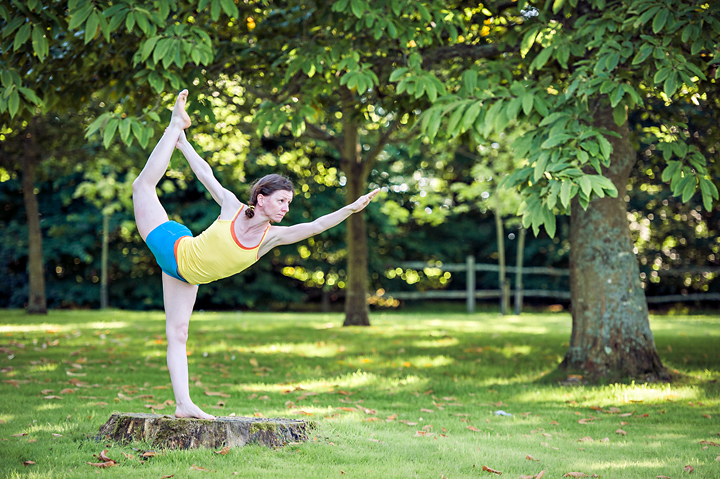‘Standing Bow Pulling Pose’ (Dandayamana Dhanurasana) and its predecessor ‘Lord of the Dance’ (Natarajasana) are nowhere to be found in the pre-modern texts of Yoga. The development of physical postures in hatha yoga were largely seated or lying positions (almost no standing postures). In the early 20th century the number of Asanas in Yoga were rapidly expanding but there was still nothing resembling Lord of the Dance or Standing Bow Pulling Pose. The first example of Lord of the Dance did not show up in pictures until 1960 in Vishnudevananda’s ‘THE COMPLETE ILLUSTRATED BOOK OF YOGA’. Although there had been word Iyengar had previously demonstrated the posture a picture of him doing it did not show up until 1966 in his now world famous ‘LIGHT ON YOGA’. This new book “full of modernizations in philosophy, language and practice, all couched in the appearance of ancient tradition”* set the tone for the upcoming surge in interest in all things Yogasana. This postures next appearance was as Lord Shiva’s Pose in 1969 in the Bihar book ‘ASANA PRANAYAMA MUDRA BANDHA’. Dancer’s Pose was now ubiquitous. I have all these books in my collection, all printed before I was born and these are all considered Yoga classics; if you were new to Yoga and acquired these books you would be forgiven for thinking these ‘standards’ (postures) were around forever.
THIS IS WHERE THE STORY CHANGES.
In APMB Lord of the Dance posture is preceded by a simple version called ‘Saral Natarajasana’. This form MAY have been a template for Bikram’s ‘Standing Bow Pulling Pose’ {although some very fundamental differences; the long arms seem to be the main connector for the two}. To this point there had been no previous demonstration of Standing Bow Pulling Pose as we know it today even in his own lineage ‘Ghosh’.
In the spirit of the innovators mentioned hereinbefore, Bikram Choudhury’s invention developed and deepened his initial position choice to the point where we happily see its strong Bow form in all our classes today and even in some bodies to the point where the legs are fully split (this can be the deepest expression of this pose for some bodies). In the spirit of all the other innovated postures in mid-20th century BIKRAM’S STANDING BOW PULLING POSE is a new posture in its own right and VERY MUCH A CLASSIC STANDARD OF THE BIKRAM SEQUENCE.
I give here a nod and a thanks to the Scott & Ida at Ghosh Yoga* who did the essential research/article that forms the basis of this post.
Om Om Om Safety Tip: Do Not Do This On a Bent Leg! LOCK THE KNEE 😉
March2020
ps… to understand ‘Lock The Knee’ instruction read this blog

